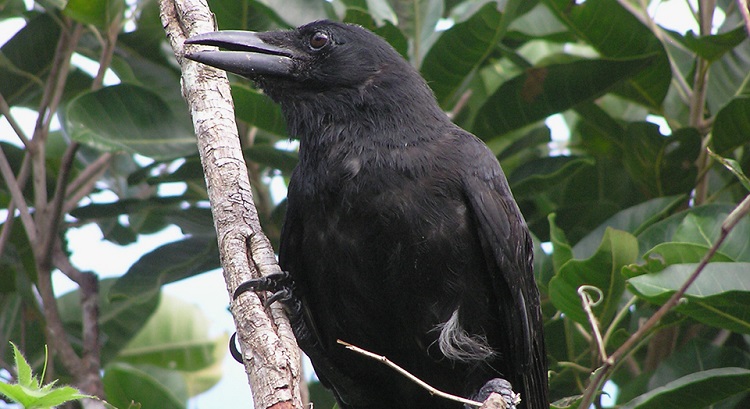Cried Like a Crow: The Resonance of Tears

The richness of language often contains vivid imagery that speaks volumes about human emotions and experiences. Among the myriad of expressions, “cried like a crow” is an intriguing phrase that encapsulates depth and intensity. While it may not be as commonly used as other idiomatic expressions, its evocative nature warrants exploration.
Crows, often associated with intelligence and adaptability, also possess a distinct and poignant vocalization. Their cawing is a symphony of emotions—a mixture of melancholy, assertiveness, and resilience. When we refer to someone crying like a crow, we evoke a sense of raw emotion, a cry that echoes with a haunting yet compelling resonance.
The phrase conveys a depth of emotion that goes beyond conventional tears. It suggests a sorrow or pain so profound that it transcends mere weeping. It implies an emotional outpouring that is intense, unrestrained, and perhaps, even unsettling. Just as the caw of a crow can be both beautiful and haunting, crying like a crow signifies a raw, unfiltered display of emotion that leaves an indelible mark.
Crows are known for their communal behaviors and the expression of emotions within their social groups. Similarly, when someone is said to have cried like a crow, it may imply a collective or shared sorrow. It resonates with the idea that the depth of one’s pain connects to a broader emotional landscape, not confined solely to personal struggles but reflecting a shared human experience.
Moreover, the phrase “cried like a crow” speaks to the authenticity of one’s emotions. Crows are creatures of sincerity; their calls reflect their true feelings. To cry like a crow, therefore, suggests a genuine and unguarded release of emotions. It embodies the courage to express vulnerability openly, embracing the full spectrum of feelings without reservation or inhibition.
Interestingly, this expression is not just limited to sadness. Crows are known for their diverse vocalizations that express a range of emotions beyond sorrow, including happiness, excitement, and warning calls. Thus, crying like a crow could encapsulate a myriad of emotions—be it anguish, jubilation, frustration, or even a vehement protest.
In literature and poetry, the phrase “cried like a crow” can be a powerful tool for evoking imagery and emotion. It adds depth to descriptions of characters experiencing profound emotional turmoil or undergoing significant life changes. It infuses writing with a unique quality, painting a vivid picture of emotional intensity that lingers in the reader’s mind.
Conclusion
“Cried like a crow” is not merely a phrase; it is an evocative portrayal of human emotion and depth. It embodies the complexity of feelings, the authenticity of expression, and the interconnectedness of our emotional experiences. Just as the caw of a crow resonates across distances, so too does the emotional resonance of tears shed in a manner akin to these enigmatic birds.
In the tapestry of human expression, the phrase “cried like a crow” stands as a testament to the profundity of our emotions, inviting us to embrace the authenticity of our feelings, acknowledging their depth, and honoring the shared experiences that bind us together as sentient beings.






